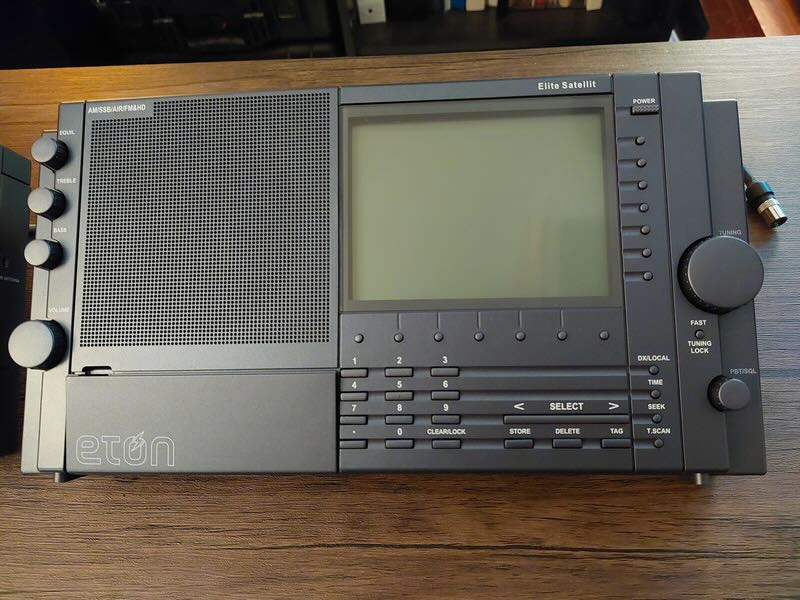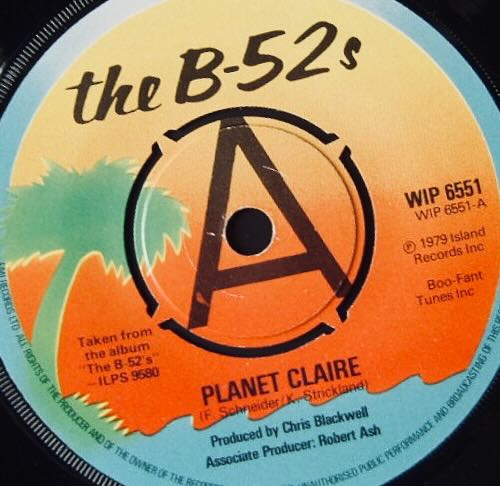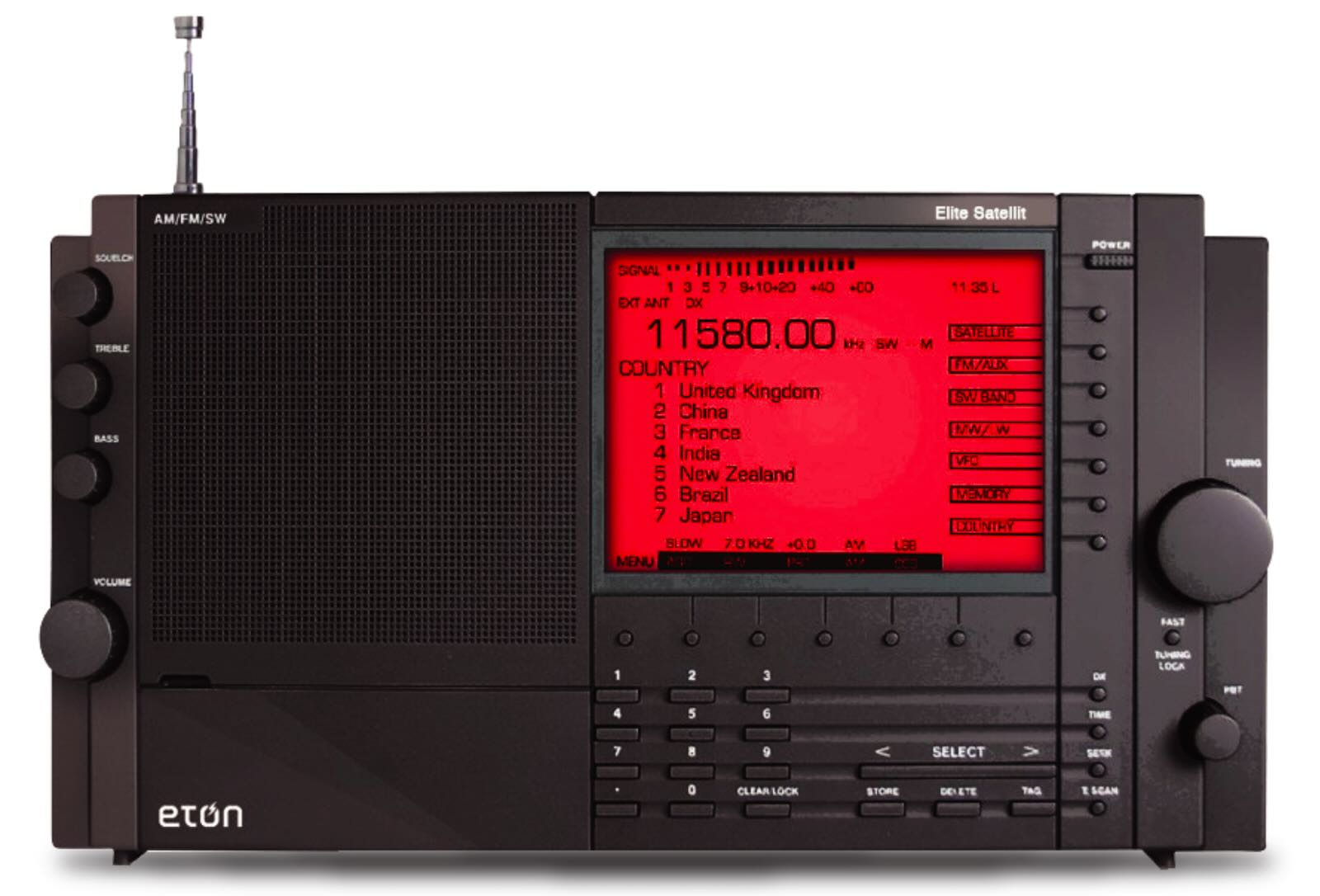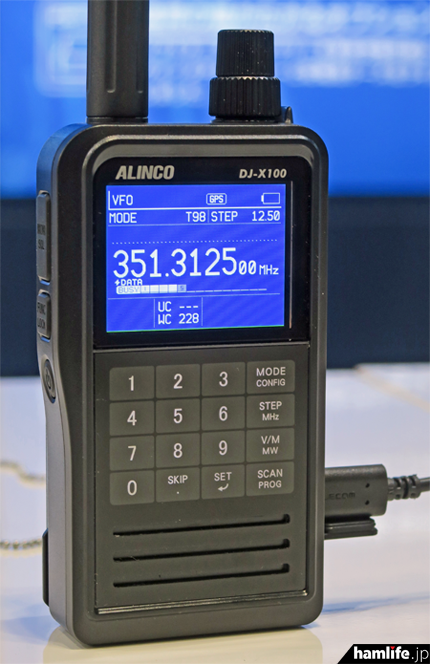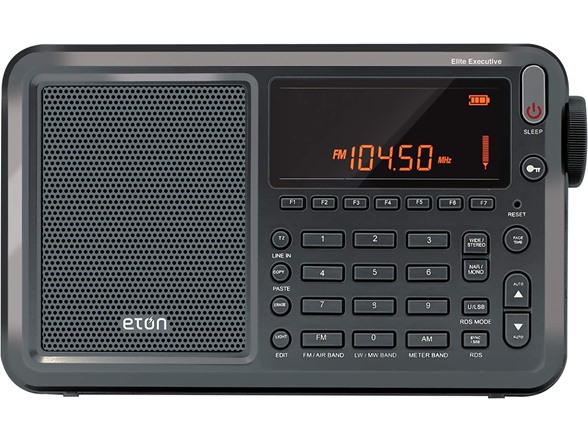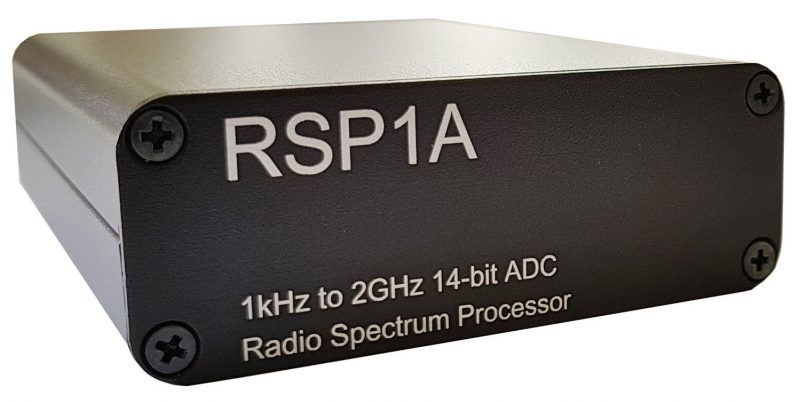Many thanks to SWLing Post contributor, Dan Robinson, who publishes the following guest post:
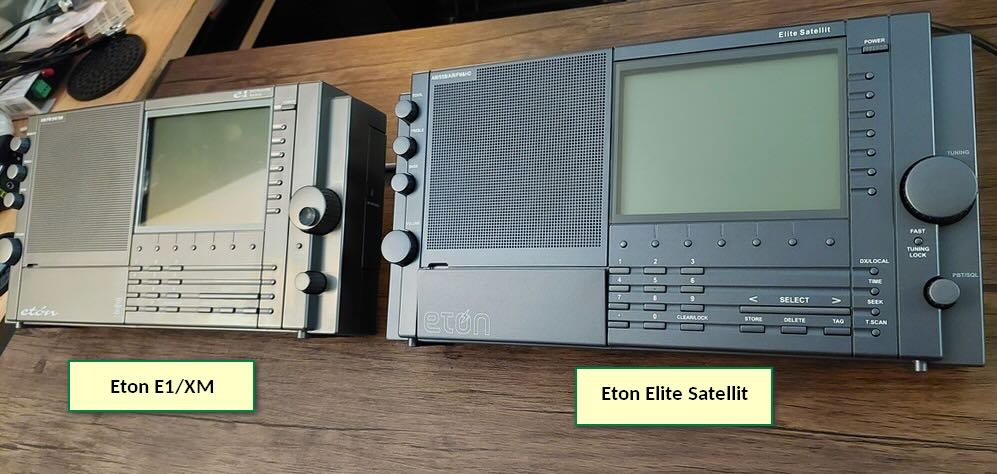 Letter to Eton: Cutting Corners on Elite Satellit Won’t Succeed
Letter to Eton: Cutting Corners on Elite Satellit Won’t Succeed
by Dan Robinson
As SWLing.com readers will recall, weeks before Eton shipped the first group of Elite Satellit receivers I published a commentary that asked a key question: would Eton be able to meet the higher standards of the listening community in 2022 when it comes to new advanced portables?
Unfortunately, we all see what the answer to that question was. Eton was forced to recall Elite Satellit radios that had been shipped to major resellers such as Universal Radio, Ham Radio Outlet, and others as defects became all too apparent.
A radio that had been on its way to me for review was among those recalled. But I recently was able to examine a unit that a friend in the Washington, DC area purchased. What I found I am putting in this commentary as a letter to Eton.
If the company takes these points seriously, I think there is still hope that the Elite Satellit can join the ranks of respectable multi-band portables – after Eton has gone back to the drawing board so to speak. However, if Eton continues to cut corners with this receiver, its future is not bright:
Letter to Eton on the Elite Satellit
MUTING WHILE TUNING
As many who purchased or tested the Elite Satellit have remarked, the fact that you decided to release a radio with this issue is beyond comprehension. Tuning on the Elite Satellit is, tragically, an uncomfortable and frustrating experience. This needs to be corrected/fixed – you only need to take a look at Tecsun receivers such as the H-501 or PL-990x to know what needs to be done.
POORLY-IMPLEMENTED PASSBAND TUNING
Perhaps even more puzzling than muting, the Elite Satellit I tested had an even more mind-boggling issue. Passband tuning should function to adjust the signal pitch without changing the audio frequency. On the radio I tested, PBT was actually TUNING and changing the frequency. Using PBT on this radio was virtually no different from tuning in SSB, with injected tones heard, until a zero beat was achieved. All you had to do was take a look at a E1 receiver, or any other receiver with well-implemented PBT to understand how real PBT is supposed to function.

